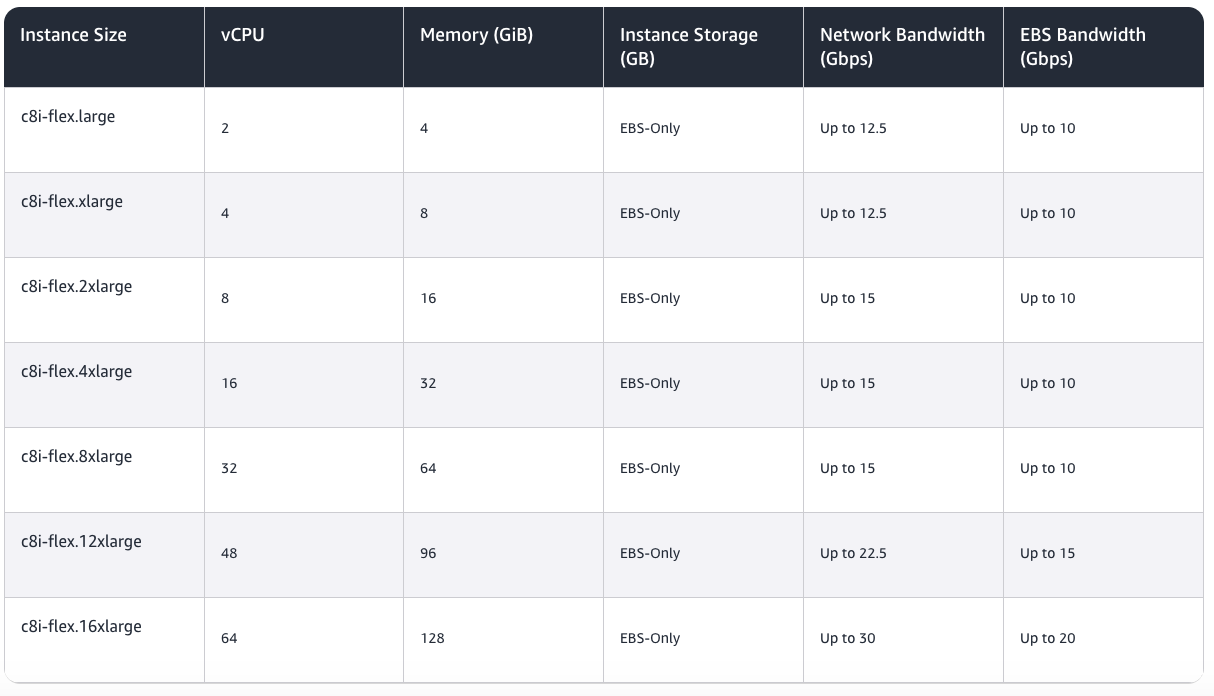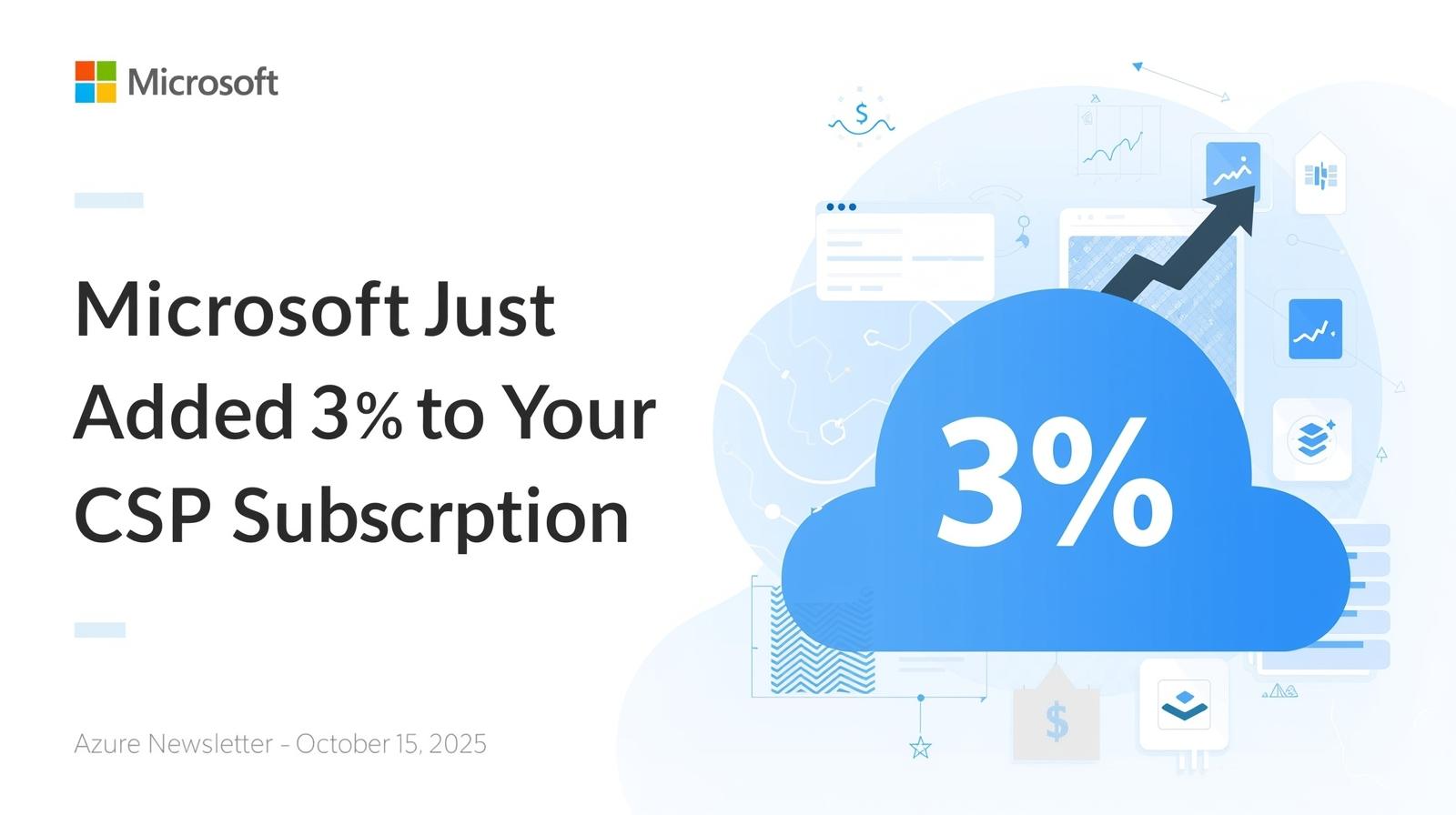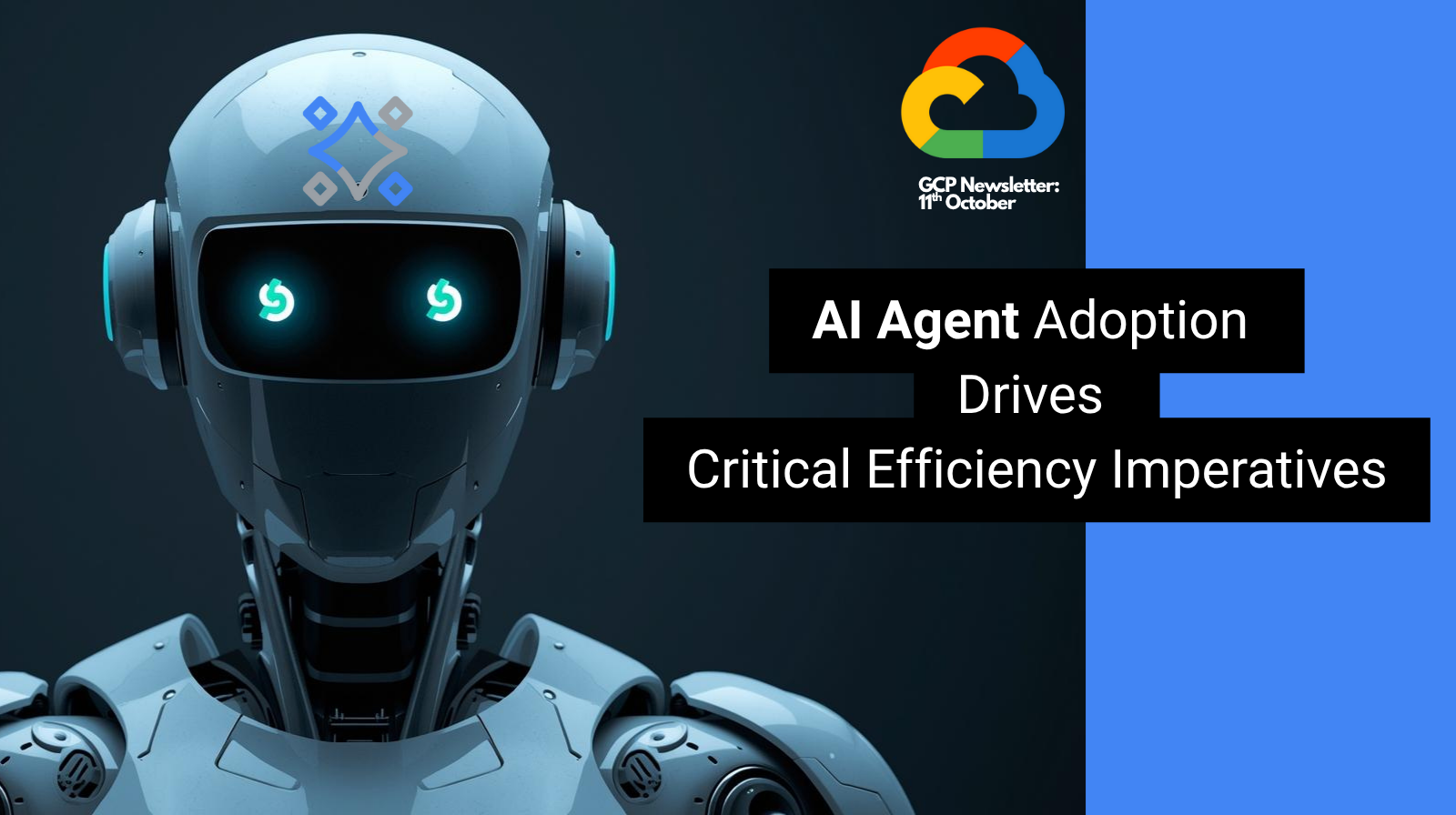.png)
October 10, 2025, served as a strong reminder that AWS is relentlessly driving new compute efficiency and managed infrastructure options. These strategic updates—including major new EC2 instance releases and fully managed container compute—demand disciplined cost management practices to maximize the return on cloud investment (ROI).
For cloud financial management to be effective, it must operate as a strategic function, moving beyond mere cost reduction toward maximizing business value. The challenge now lies in ensuring that these new, powerful resources are utilized optimally and funded strategically, making automated commitment management (RIs, SPs, CUDs) absolutely critical.
Usage.ai addresses this fundamental challenge by focusing entirely on automating the financial layer across AWS, GCP, and Azure, providing guaranteed savings on compute commitments through a minimal-access model that optimizes the billing layer.
The most immediate financial impact results from the introduction of several new EC2 instance families, which set new price-performance benchmarks that directly influence the Total Cost of Ownership (TCO). Every new instance type requires re-evaluation of the current commitment strategy to ensure optimal utilization and cost efficiency.


New generations of EC2 instances make existing Reserved Instances (RIs) and Savings Plans (SPs) tied to older generations less efficient. Continuous analysis of usage patterns and automated adjustment of commitments are key to capturing new, superior discounts and achieving a lower unit cost.
AWS continued its push toward reducing operational overhead by offering fully managed compute options and strengthening core security controls. While this simplifies life for engineers, it shifts the optimization burden firmly onto the FinOps team—specifically, managing the commitment layer beneath the managed service.

As infrastructure management is abstracted away (e.g., ECS Managed Instances), engineering teams gain velocity. However, maximizing profitability requires ensuring the compute capacity being managed is discounted. Performance metrics provide the insight teams need to optimize resources and reduce costs effectively.
The strategic foundation for AWS’s massive AI push was also established with key Bedrock announcements, which paved the way for high-consumption agentic services like the AWS Quick Suite. Investing in these areas requires a clear, automated path to cost reduction elsewhere to fund the innovation.
These highly advanced, potentially high-cost services make the principle of "Measure AI ROI". The faster and cheaper organizations can run their baseline infrastructure, the more capital they free up to invest in these transformative AI platforms.
The relentless pace of AWS feature releases (new EC2 families, managed compute, and agent platforms) creates a paradoxical situation: more opportunities for savings, but greater risk of commitment lock-in due to ever-changing infrastructure.
Usage.ai solves this by focusing entirely on automating the financial layer across AWS, GCP, and Azure.
In a cloud environment defined by volatility and rapid TCO evolution, automated, risk-free commitment management is the most effective way to secure the 30-50% savings potential necessary to fund aggressive adoption of the new AI infrastructure.
Ready to maximize profitability by automating your cloud commitment spend?
Usage.ai provides guaranteed savings on compute commitments across AWS, Azure, and GCP, operating with a minimal-access model focused solely on optimizing the billing layer.
Share this post

October 14, 2025, marked a pivotal date for Azure partners and enterprise cloud teams. Microsoft introduced pricing, policy, and security updates that directly affect Azure Cloud Solution Provider (CSP) subscriptions, alongside critical operating system and infrastructure milestones. These changes demand immediate forecasting adjustments and cost optimization planning. For teams focused on cloud financial governance, understanding the Extended Service Term (EST) update, Windows 10 end-of-support, and confidential compute security patches is essential.

October 14, 2025, marks a pivotal moment in cloud computing. The rapid democratization of Artificial Intelligence (AI) is driving organizations to implement AI agents across the enterprise, shifting the focus toward optimizing specialized computing resources and complex containerized environments. This newsletter consolidates the latest GCP developments, AI adoption trends, infrastructure considerations, and autonomous optimization strategies for managing cost and efficiency.
.png)
AWS’s latest updates deliver smarter cost control with enhanced compute and container optimization features, helping cloud users automate savings and maximize resource efficiency.
